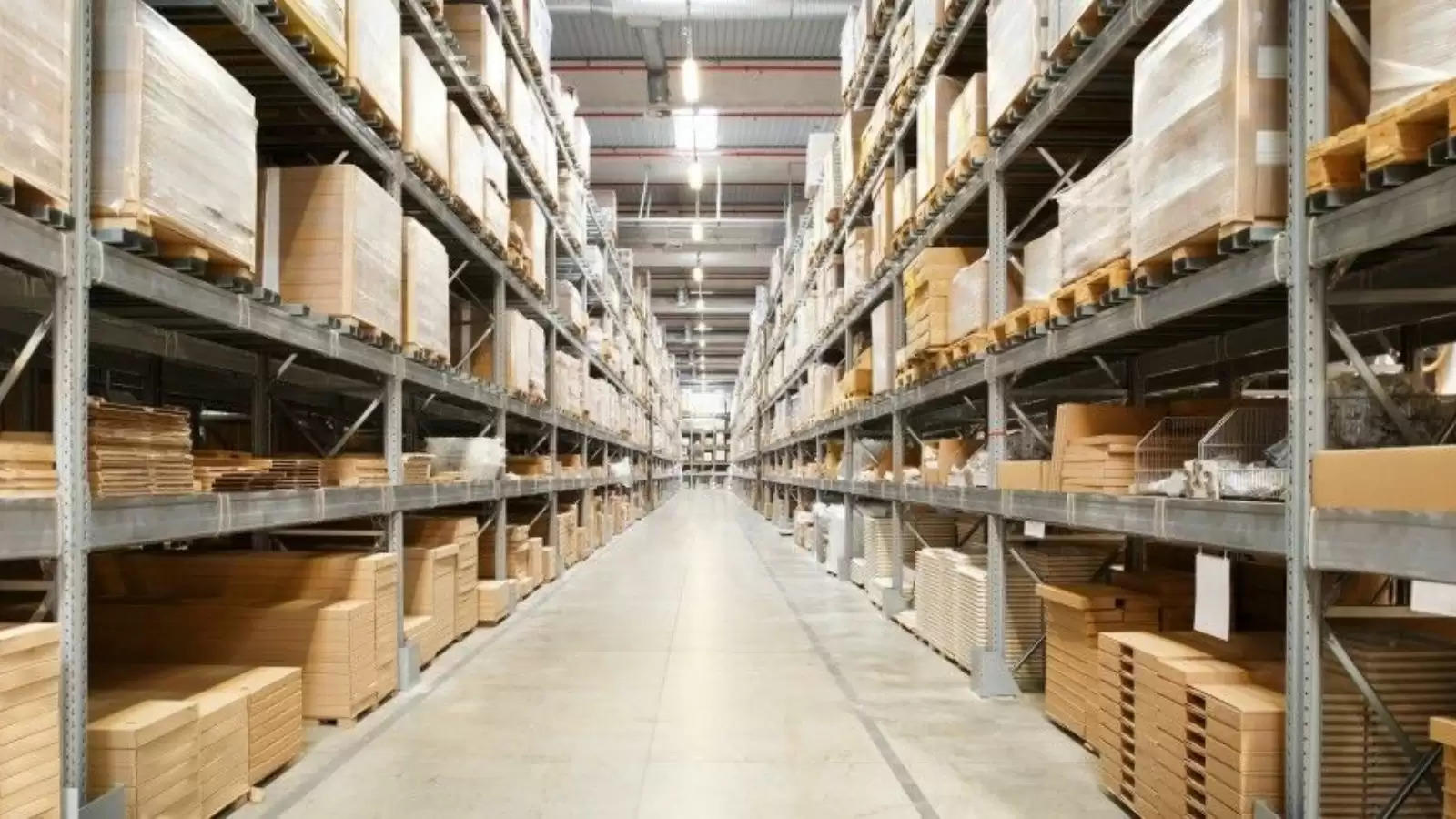Types of Forecasting in Inventory Management
You may order stock in response to environmental factors. This is causal forecasting and typically a cause and effect way of operating – such as a small retail store stocking up on umbrellas due to wet weather predicted over the next few months. A demand has been predicted and you are planning to fulfil the demand.
| Sep 2, 2023, 18:04 IST

If you have a product that sells regularly you may look at the previous years sales and order stock to cover this number taking into account any market growth or shrinkage. This is time series forecasting – you are looking at previous sales period and anticipating future stock requirement.
If you have no previous data you would then order stock levels using your best judgement, this is qualitative forecasting. You would use your best judgement with your product knowledge to know what sells and what doesn’t sell so much. This would typically only work in a smaller company.
You may order stock in response to environmental factors. This is causal forecasting and typically a cause and effect way of operating – such as a small retail store stocking up on umbrellas due to wet weather predicted over the next few months. A demand has been predicted and you are planning to fulfil the demand.
If your company is looking at a new market or sales method you may choose to carry out a simulation forecast. Using existing past data from the time series method for your current market and environmental data from the causal method you could simulate projected sales figures therefore projected stock required. This can be used to predict stock required for events such as a limited time discount promotion or response to an exhibition or marketing campaign. If you have no historical data, market research and customer questionnaires could be used gather is data for the simulation.
Do you recognise which method is used at your company?
Most companies use one, if not all, of these forecasting methods in one form or another to plan for their future stock requirements. With all forecasting methods supply chain variables also need to be taken into account. The main variables being:
*Product / Supply availability
*Product / Service Current Demand
*Product characteristics
*Competitive environment
Consider a typical high street clothes shop. They often increase stock of summer products from June and remove winter products automatically. This is because historical data shows increased demand in summer clothes and a drop in demand for winter clothes – this is utilising Time Series forecasting and anticipating future demand. Yet, solely using the time series method can be inefficient. If a cold snap was estimated for July the store could keep some winter products in stock to cover the eventuality – this is utilising causal and qualitative forecasting while taking into account demand and product characteristics. Each forecasting methods can compliment the other if used effectively.
If you have no previous data you would then order stock levels using your best judgement, this is qualitative forecasting. You would use your best judgement with your product knowledge to know what sells and what doesn’t sell so much. This would typically only work in a smaller company.
You may order stock in response to environmental factors. This is causal forecasting and typically a cause and effect way of operating – such as a small retail store stocking up on umbrellas due to wet weather predicted over the next few months. A demand has been predicted and you are planning to fulfil the demand.
If your company is looking at a new market or sales method you may choose to carry out a simulation forecast. Using existing past data from the time series method for your current market and environmental data from the causal method you could simulate projected sales figures therefore projected stock required. This can be used to predict stock required for events such as a limited time discount promotion or response to an exhibition or marketing campaign. If you have no historical data, market research and customer questionnaires could be used gather is data for the simulation.
Do you recognise which method is used at your company?
Most companies use one, if not all, of these forecasting methods in one form or another to plan for their future stock requirements. With all forecasting methods supply chain variables also need to be taken into account. The main variables being:
*Product / Supply availability
*Product / Service Current Demand
*Product characteristics
*Competitive environment
Consider a typical high street clothes shop. They often increase stock of summer products from June and remove winter products automatically. This is because historical data shows increased demand in summer clothes and a drop in demand for winter clothes – this is utilising Time Series forecasting and anticipating future demand. Yet, solely using the time series method can be inefficient. If a cold snap was estimated for July the store could keep some winter products in stock to cover the eventuality – this is utilising causal and qualitative forecasting while taking into account demand and product characteristics. Each forecasting methods can compliment the other if used effectively.
